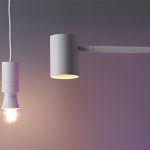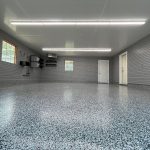How LED Lights Work: A Comprehensive Guide
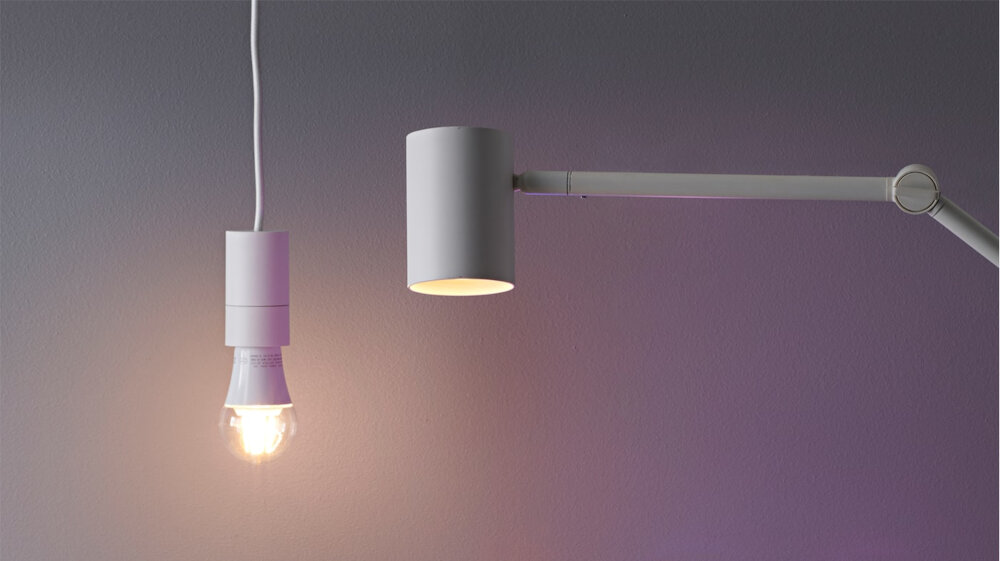
LED lights have become a popular lighting option in recent years due to their energy efficiency, long lifespan, and versatility. But how do they actually work? Understanding the science behind LED lights can help you make informed decisions when it comes to choosing lighting for your home or business. This comprehensive guide will break down the basics of LED technology, from the materials used to the process of converting electricity into light. At its core, an LED (light-emitting diode) is a semiconductor device that produces light when a current passes through it. Unlike incandescent bulbs, which use a filament and gas to produce light, LEDs rely on the movement of electrons within the semiconductor material. This allows for greater control over the color and intensity of the light produced, as well as reducing energy waste in the form of heat. By the end of this guide, you’ll have a clear understanding of how LED lights work and why they are a smart choice for any lighting application.
LED lights, or Light Emitting Diode lights, are a type of lighting technology that has gained popularity in recent years due to its energy efficiency and longevity. LED lights work by using a semiconductor material that emits light when an electric current is passed through it. This is in contrast to traditional incandescent bulbs, which use a filament that heats up and emits light. LED lights come in a variety of colors and can be used for a range of applications, from lighting up homes and offices to illuminating streets and highways. Additionally, LED lights are known for their durability and low maintenance requirements, making them a cost-effective choice for many consumers.
LED lights have revolutionized modern technology in numerous ways, making them an indispensable component of various applications. One of the most significant advantages of LED lights is their efficiency in energy consumption, making them an eco-friendly and cost-effective lighting solution. They are also robust, durable, and have a long lifespan, making them ideal for use in various environments, including outdoor and indoor spaces, automobiles, and electronic devices. Additionally, the availability of LED lights in different colors, sizes, and shapes has made them a favorite for designers and architects, allowing them to create unique lighting designs that enhance the aesthetic appeal of homes, offices, and public spaces. Overall, LED lights have transformed the lighting industry, providing a safer, more efficient, and flexible lighting solution for a wide range of applications.
The history of LED lights dates back to the early 1900s when the first light-emitting diodes were discovered by a British scientist named H. J. Round. However, it wasn’t until the 1960s that practical applications for LEDs were developed. Early LED lights were low-powered and emitted only red light. As technology advanced, scientists discovered ways to create LEDs that emitted other colors, such as green and blue. The invention of the blue LED in the 1990s was a breakthrough that led to the development of white LED lights. Today, LED lights are used in a variety of applications, from household lighting to outdoor displays and automotive lighting. They are highly efficient and durable, making them a popular choice for those looking to reduce energy costs and environmental impact.
What are LED Lights?
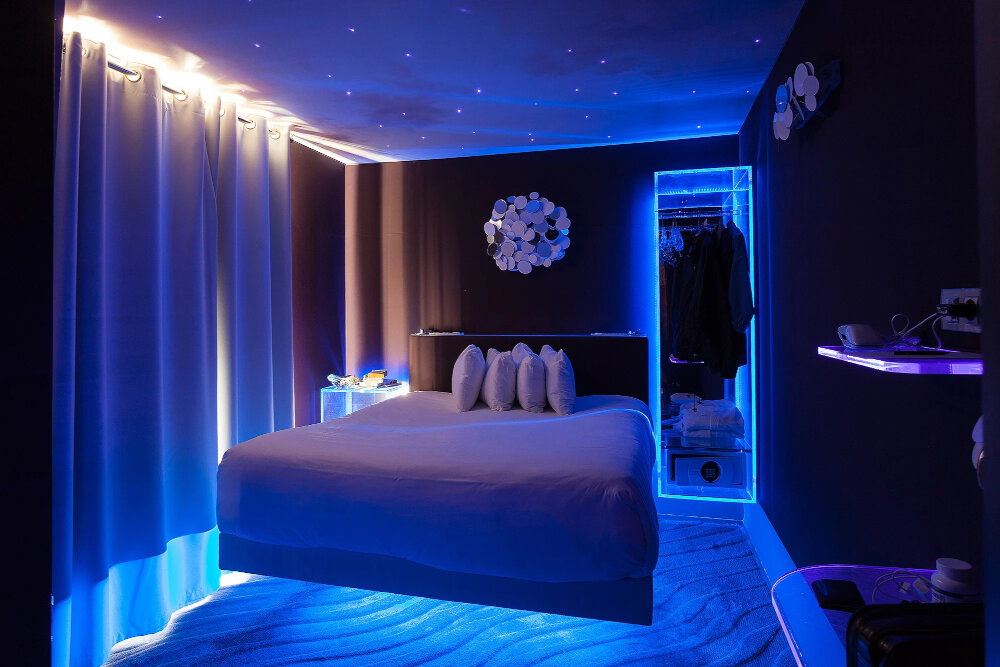
LED lights, also known as Light Emitting Diodes, are a modern lighting technology that has gained immense popularity in recent years. These lights work by passing an electric current through a semiconductor material, which then emits light in the form of photons. The semiconductor material used in these lights is usually made of a combination of different elements like aluminum, gallium, and indium. The color of the light emitted by LED lights can be varied by adjusting the composition of the semiconductor material. LED lights are known for their energy efficiency, durability, and versatility. They consume much less energy than traditional incandescent lights, making them a popular choice for households and businesses looking to reduce their energy bills. LED lights also have a much longer lifespan than traditional lights, making them a more sustainable and cost-effective lighting option in the long run. Additionally, LED lights come in a variety of shapes and sizes, making them suitable for a range of applications, from lighting up a room to illuminating a stadium.
LED lights, or Light Emitting Diodes, are a type of lighting technology that has become increasingly popular in recent years due to its many benefits over traditional incandescent and fluorescent light bulbs. LED lights work by using a semiconductor material that emits light when an electric current is passed through it. This creates a bright, efficient, and long-lasting light source that can be used for a wide range of applications, from residential and commercial lighting to automotive and outdoor lighting. LED lights are known for their energy efficiency, durability, and low heat output, making them a great choice for anyone looking to save money on their energy bills while still enjoying high-quality lighting.
LED lights differ from traditional lighting sources in several ways. Firstly, they are much more energy-efficient than traditional lighting sources such as incandescent bulbs or fluorescent tubes. This is because they convert almost all of the energy they consume into light, rather than heat. Secondly, they have a much longer lifespan than traditional lighting sources, lasting for tens of thousands of hours before needing to be replaced. Thirdly, LED lights are much more versatile in terms of their design and application, as they can be made in a variety of shapes and sizes and can be used in a wide range of settings, from homes to streetlights. Finally, LED lights produce a brighter, clearer light than traditional lighting sources, making them ideal for use in areas where high-quality lighting is required.
LED light components consist of several essential parts that work together to produce light. The most critical component is the diode, which is made of semiconducting material that emits light when an electric current flows through it. The diode is then placed inside a plastic lens, which protects it from damage and helps shape the direction of the light. The lens is then mounted onto a heat sink that dissipates the heat generated by the diode. Finally, the diode, lens, and heat sink are enclosed in a plastic or metal casing that provides further protection and stability. Together, these components create a high-efficiency light source that is versatile, durable, and long-lasting.
How Do LED Lights Work?
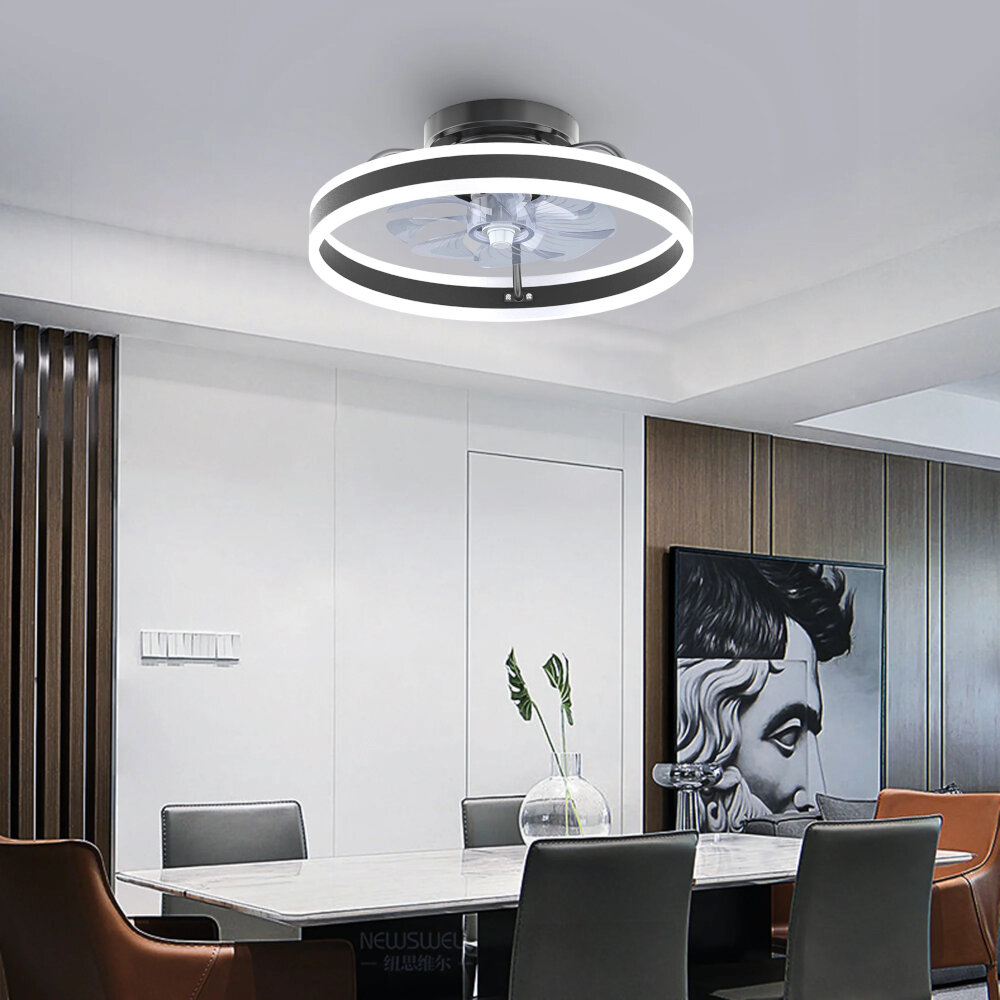
LED lights or light-emitting diodes provide a cost-effective and energy-efficient lighting solution for both residential and commercial purposes. Unlike traditional incandescent bulbs that generate light by heating a filament, LEDs produce light through a process called electroluminescence. Electroluminescence is the phenomenon where a material emits light when an electric current passes through it. In an LED, this process occurs in a semiconductor material that has been doped with impurities to create a p-n junction. When an electric current is applied to the p-n junction, electrons and holes are generated on opposite sides of the junction. The electrons move towards the positively charged side of the junction and combine with the holes, releasing energy in the form of photons. The color of the emitted light depends on the type and amount of impurities used in the semiconductor material. LED lights are available in various colors, including white, red, blue, green, and yellow. The efficiency of LED lights is also superior to traditional bulbs, as they emit less heat and consume less energy to produce the same amount of light. In conclusion, LED lights are a popular lighting solution due to their energy efficiency, cost-effectiveness, and long-lasting performance. They work by using electroluminescence, a process where an electric current is passed through a semiconductor material to produce light. Unlike traditional incandescent bulbs, LED lights do not use a filament to generate light, which makes them more efficient and durable. With advancements in technology, LED lights are becoming more versatile and can be used in a variety of applications, including home and commercial lighting, automotive lighting, and street lighting.
LED lights are a popular and efficient lighting solution that have come to dominate the market in recent years. The science behind LED lights is based on a phenomenon known as electroluminescence, which is the emission of light from a material when an electric current is passed through it. The LED is made up of a semiconductor material, usually silicon or germanium, which is doped with impurities to create a p-n junction that allows current to flow in one direction only. When a voltage is applied to the LED, electrons are able to move from the n-type material to the p-type material, releasing energy in the form of light. The color of the light emitted by the LED is determined by the material used to create the p-n junction, and can range from red to blue to green and beyond. LED lights are highly efficient, using far less energy than traditional incandescent bulbs, and they have a long lifespan, making them an ideal choice for a wide range of lighting applications.
Semiconductors play a crucial role in the functioning of LED lights. They are responsible for converting electrical energy into light energy, making LEDs much more efficient than traditional incandescent bulbs. The semiconductors in LED lights are typically made of a combination of different elements, such as gallium, arsenic, and phosphorus, which are carefully arranged in layers to create a p-n junction. When an electric current is applied, the electrons in the n-type layer move across the junction to the p-type layer, releasing energy in the form of photons. This process is known as electroluminescence, and it is what makes LED lights so bright and energy-efficient. Furthermore, semiconductor materials can be manipulated to produce different colors of light, allowing for a wide range of applications in lighting and displays.
The process of generating light in LED lights is a fascinating phenomenon that occurs due to the movement of electrons within the semiconductor material. The semiconductor material is made up of two types of atoms, one of which has excess electrons while the other has a deficit. When a voltage is applied across the material, the excess electrons move towards the deficit ones, releasing energy in the form of photons. This release of energy is what causes the LED light to emit visible light. The color of the light emitted is determined by the type of semiconductor material used in the LED. This process is highly efficient and produces very little heat, making LED lights a popular choice for energy-efficient lighting solutions.
Advantages and Disadvantages of LED Lights
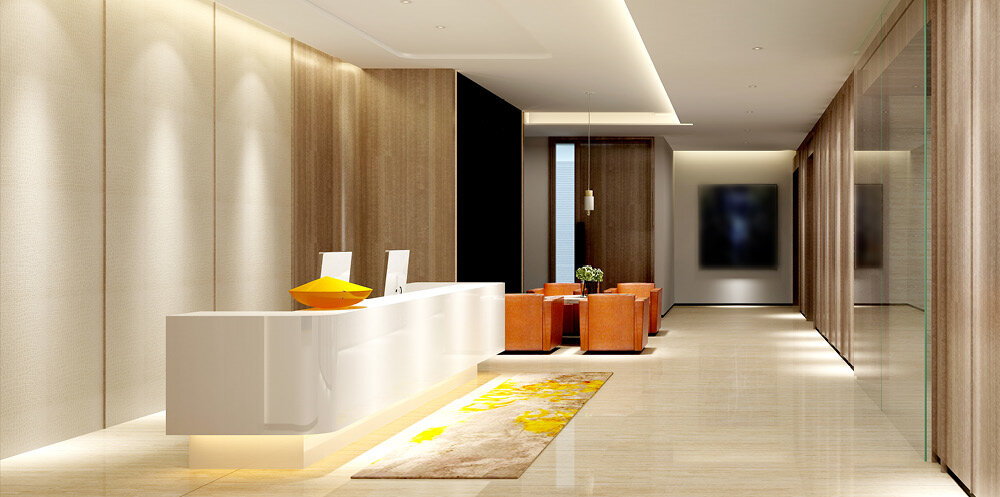
LED lights have become increasingly popular in households and businesses due to their numerous advantages. One of the most significant benefits of LED lights is their energy efficiency. They consume much less energy than traditional incandescent bulbs, making them a cost-effective option for lighting. Additionally, they have a longer lifespan, which means they need to be replaced less frequently, contributing to further savings. LED lights also emit less heat, making them a safer option and reducing the risk of fire hazards. They are also available in a variety of colors, making them ideal for decorative purposes. Furthermore, LED lights are eco-friendly as they do not contain toxic materials such as mercury which is used in traditional lighting options. However, despite these advantages, LED lights also have some disadvantages. One of the main drawbacks is their initial cost, which can be higher than traditional lighting options. Although LED lights last longer, the initial investment may deter some people from choosing them. Additionally, LED lights can be sensitive to temperature and humidity, which can affect their performance. They also require specific electronic components to function correctly, which can be more complicated than traditional lighting. Lastly, the brightness of LED lights can be affected by the angle at which they are installed, which may not be suitable for some applications. Overall, while LED lights have many benefits, it is essential to consider their drawbacks before deciding on their use.
Energy efficiency is a crucial aspect of modern lighting systems, and LED lights have emerged as a cost-effective solution for consumers and businesses alike. By consuming less energy than traditional incandescent bulbs, LED lights can help reduce electricity bills and carbon emissions. LED lights also have a longer lifespan than incandescent or fluorescent bulbs, which means they need to be replaced less frequently, further reducing maintenance costs. Moreover, LED lights are highly versatile and can be used for a wide range of applications, from indoor lighting to outdoor streetlights. With their energy efficiency and cost savings, LED lights are undoubtedly a smart choice for those looking to reduce their carbon footprint and save money on their electricity bills.
Durability and lifespan are two important factors to consider when it comes to LED lights. LED lights are known for their long lifespan, which can be up to 50,000 hours or even more. This is because LED lights are made with solid-state technology that is more durable than traditional lighting options. Additionally, LED lights are resistant to shock and vibration, which means they are less likely to break or malfunction. With their long lifespan and durability, LED lights are a more cost-effective and sustainable lighting option compared to traditional lighting options.
One of the most intriguing features of LED lights is the wide range of color options they offer. Unlike traditional incandescent bulbs, LED lights can emit a vast array of colors, from warm yellows and oranges to cool blues and greens. This versatility is due to the fact that LED lights contain a combination of different colored LEDs, each emitting a specific wavelength of light. By adjusting the intensity of each LED, designers can create a virtually limitless range of colors, making LED lights an ideal choice for any lighting application. Additionally, LED lights can be programmed to change color or adjust their intensity over time, adding a dynamic and visually stunning element to any environment.
Although LED lights have many advantages, they also pose potential health risks. Blue light emitted by LED lights can disrupt circadian rhythms and suppress the secretion of melatonin, a hormone that regulates sleep. This can lead to sleep disorders and other health problems such as obesity, diabetes, and even cancer. Moreover, LED lights can cause eye strain and fatigue due to increased glare and flicker. Therefore, it is important to limit our exposure to LED lights, especially at night, and use warm-colored LED lights that emit less blue light.
Disposal and environmental impact are important factors to consider when using LED lights. While LED lights are more energy-efficient and have a longer lifespan compared to traditional incandescent bulbs, they still contain small amounts of hazardous materials such as lead and mercury. Improper disposal of LED lights can lead to contamination of soil and water, and can harm wildlife and humans. It is therefore crucial to recycle or dispose of LED lights properly to minimize their environmental impact. Many manufacturers have implemented recycling programs or partnered with recycling centers to ensure that old LED lights are disposed of safely and responsibly. As consumers, we can also do our part by properly disposing of old LED lights and choosing eco-friendly lighting options.
Applications of LED Lights
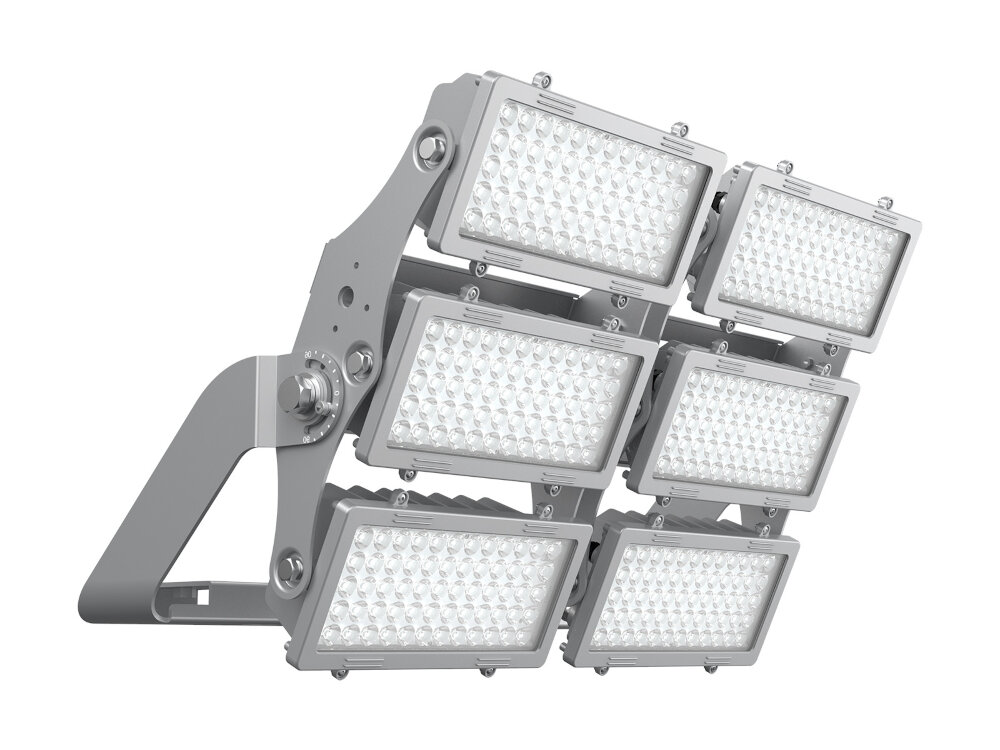
LED lights have become increasingly popular in various applications due to their energy efficiency, durability, and versatility. One of the most common applications of LED lights is lighting. LED lights are used to provide lighting in homes, offices, and public places such as roads, airports, and stadiums. LED lights are preferred over traditional lighting systems because they consume less energy, are long-lasting, and emit less heat. LED lights also come in different colors and can be used to create different lighting effects, making them ideal for use in a wide range of applications. Another application of LED lights is in the automotive industry. LED lights are used as headlights, taillights, and brake lights in cars, trucks, and motorcycles. LED lights are preferred over traditional lighting systems because they are more energy-efficient, last longer, and are brighter. LED lights also have a faster response time, which makes them ideal for use as brake lights. LED lights are also used in interior lighting and instrument clusters in vehicles. LED lights are increasingly being used in the automotive industry due to their energy efficiency and durability, which helps to reduce the overall maintenance cost of vehicles.
LED lights have revolutionized both domestic and commercial lighting, providing a more energy-efficient and eco-friendly alternative to traditional incandescent bulbs. In domestic settings, LED lights are highly versatile and can be used for a variety of purposes, including task lighting, accent lighting, and general illumination. They are also available in a range of colors and brightness levels, making them ideal for creating different moods and atmospheres. In commercial settings, LED lights are increasingly being used in everything from street lighting to office lighting, due to their longevity, energy efficiency, and low maintenance requirements. Additionally, LED lights are highly customizable, allowing businesses to tailor their lighting to suit specific needs and requirements. Overall, LED lights have transformed the lighting industry and are set to play an increasingly important role in both domestic and commercial settings in the years to come.
Automotive lighting has come a long way since the days of incandescent bulbs. With the advent of LED lights, vehicles can now be equipped with brighter, longer-lasting, and more energy-efficient lighting than ever before. LED lights work by passing an electric current through a semiconductor, which creates light through a process called electroluminescence. This technology allows for precise control over the color and intensity of the light, making it perfect for automotive lighting applications. LED lights can be used for headlights, taillights, brake lights, turn signals, and even interior lighting. They also have the added benefit of being more durable and resistant to vibration, making them ideal for use in vehicles that are subject to rough road conditions.
Traffic signals and signage play a critical role in ensuring road safety and traffic management. LED lights have revolutionized the way traffic signals and signage operate. These lights are highly energy-efficient and long-lasting, making them an ideal choice for traffic signals and signage. LED traffic signals and signage are brighter, clearer, and more visible, even in adverse weather conditions. LED technology has also enabled the development of smart traffic signals that can adjust the timing of the signals based on traffic flow, reducing congestion and improving traffic flow. Overall, LED lights have made traffic signals and signage more effective and efficient, contributing to safer and more organized roads.
Backlighting refers to the technique of illuminating a display from behind, typically using LED lights. This is commonly seen in LCD displays, where the light passes through the liquid crystals to create an image. LED backlighting has many advantages over traditional CCFL backlighting, including lower power consumption, longer lifespan, and better color accuracy. Additionally, LED backlighting can be dimmed or turned off completely in specific areas of the screen, allowing for improved contrast and energy efficiency. These benefits have made LED backlighting the preferred choice for many modern displays, from smartphones to televisions.
LED lights have a wide range of medical and scientific uses. In medicine, LED lights are used for photodynamic therapy, a treatment for certain types of cancer and skin conditions. The light activates a photosensitizing agent that is applied to the skin, which then destroys cancer cells or abnormal skin cells. LED lights are also used in dentistry for teeth whitening and to treat gum disease. In the scientific field, LED lights are used in microscopy, as they provide bright and focused light needed for high-resolution imaging. They are also used in plant research to regulate plant growth and development by providing specific light wavelengths. With its versatility and efficiency, LED technology continues to push boundaries in the medical and scientific fields.
In conclusion, LED lights have revolutionized the lighting industry by providing a more energy-efficient and longer-lasting alternative to traditional bulbs. They work by utilizing a semiconductor chip that emits light when an electric current passes through it, a process known as electroluminescence. LED lights come in a variety of colors and can be used for various applications, including home and commercial lighting, automotive lighting, and electronic displays. With their numerous benefits, including lower energy costs, reduced environmental impact, and improved durability, LED lights are quickly becoming the go-to lighting solution for consumers and businesses alike.
The future of LED lighting technology is promising, with ongoing research and development aimed at enhancing energy efficiency, durability, and color rendering capabilities. One of the most significant developments is the integration of smart controls, allowing users to adjust the intensity and color temperature of LED lights remotely via smartphones or tablets. Additionally, manufacturers are exploring new materials, such as perovskites, to create more efficient LED chips. The development of OLED (organic light-emitting diode) technology is also gaining attention, as it promises even greater energy efficiency and flexibility in lighting design. As LED lighting technology continues to advance, we can expect to see more creative and innovative applications of this technology in various fields, including architecture, transportation, and entertainment.
In conclusion, LED lights have revolutionized the lighting industry with their energy efficiency, durability, and versatility. They have become an essential part of modern society, from residential homes to commercial buildings and even in outdoor lighting. LED lights also play a crucial role in reducing carbon emissions and promoting sustainability. They offer a wide range of benefits that traditional lighting sources cannot match, such as longer lifespan, lower heat generation, and better color rendering. As LED technology continues to evolve, we can expect even more energy-efficient and cost-effective lighting solutions that will enhance our daily lives and benefit the planet.
Conclusion
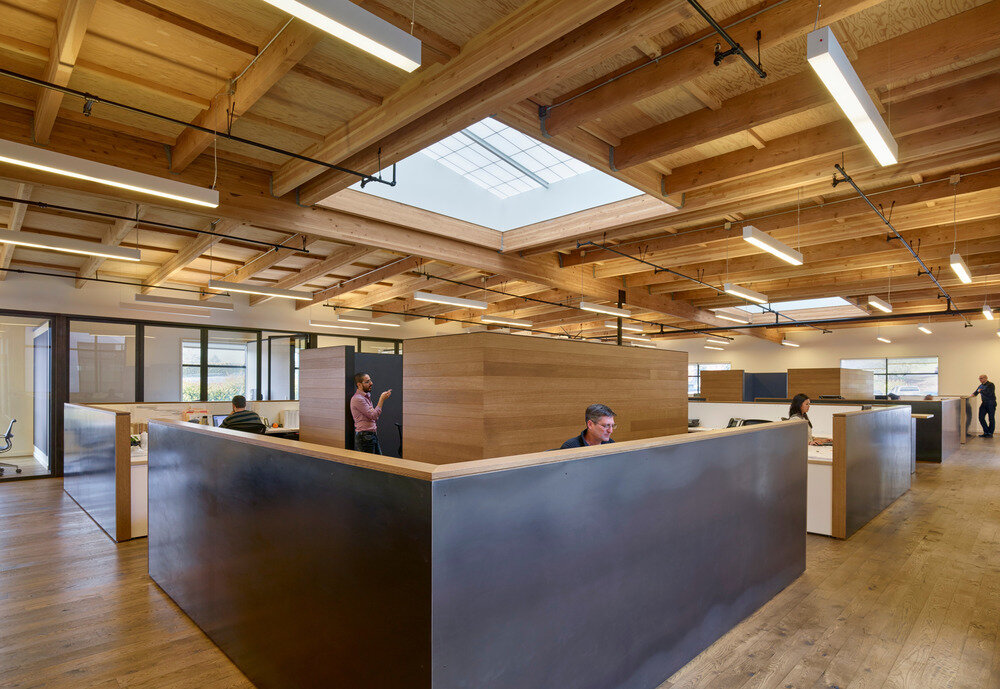
In conclusion, LED lights are a remarkable and innovative technology that has revolutionized the way we light up our homes, streets, and buildings. Unlike traditional lighting sources, LED lights are energy-efficient, eco-friendly, and long-lasting. They work on the principle of electroluminescence, which is the process of converting electrical energy into light energy. The science behind LED lights is complex, but their benefits are undeniable. LED lights have transformed the lighting industry and have become the go-to option for both residential and commercial purposes. As we move towards a more sustainable future, the use of LED lights will undoubtedly play a significant role in reducing our carbon footprint and preserving our planet’s resources.

